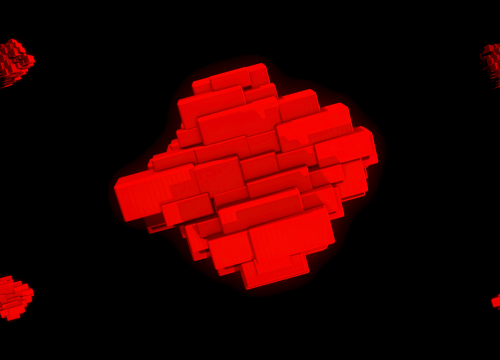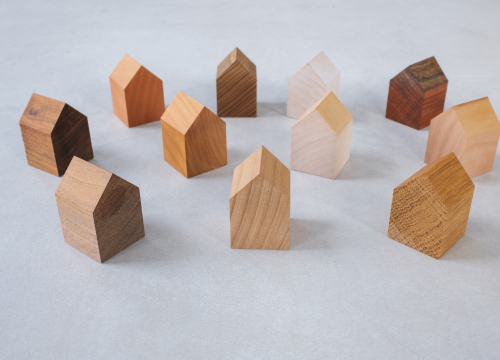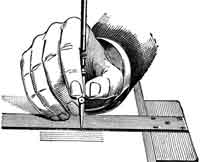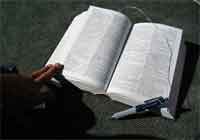
Geometry, with its intricate patterns and forms, unveils the beauty of the mathematical world. Two fundamental concepts, congruence and similarity, play pivotal roles in understanding the relationships between geometric figures. In this exploration, we delve into the similarities that bind congruent and similar figures, shedding light on their shared characteristics and distinct nuances.

Equal Angles:
Congruent figures have corresponding angles that are equal.
Similar figures also share equal angles, maintaining proportional relationships.
Equal Side Lengths:
Congruent figures possess equal side lengths, ensuring a one-to-one correspondence.
Similar figures maintain proportional side lengths, emphasizing a consistent scaling factor.
Corresponding Vertices:
In congruent figures, corresponding vertices align perfectly.
Similar figures exhibit a similar alignment of corresponding vertices, reflecting their proportional nature.
Invariant Shape:
Congruent figures maintain the exact same shape and size.
Similar figures, although scaled, retain the same shape, emphasizing their proportional resemblance.
Parallelism:
Congruent figures have corresponding sides that are parallel.
Similar figures, while not necessarily having parallel sides, exhibit a proportional arrangement that preserves the overall shape.
Here’s a concise comparison table highlighting the similarities between congruent and similar:
| Similarities | Congruent | Similar |
|---|---|---|
| Definition | Same shape and size. | Same shape but different size. |
| Angle Equality | Corresponding angles are equal. | Corresponding angles are equal. |
| Side Proportionality | Corresponding sides are equal in length. | Corresponding sides are proportional. |
| Vertex Correspondence | Corresponding vertices match. | Corresponding vertices are in the same order. |
| Invariant Shape | Shape remains unchanged. | Shape remains the same but scaled. |
In the intricate tapestry of geometry, congruent and similar figures emerge as essential concepts that highlight the underlying order and structure of geometric shapes. The similarities between congruent and similar figures, such as equal angles, side lengths, corresponding vertices, invariant shape, and a sense of parallelism, underscore the elegance of mathematical relationships. As we navigate through the world of geometry, understanding these shared characteristics enhances our ability to decipher and appreciate the symmetrical dance of shapes and patterns.
Q1: What is the main similarity between congruent and similar figures?
A1: The primary similarity is that both congruent and similar figures share equal corresponding angles.
Q2: Do congruent and similar figures have the same size?
A2: Congruent figures have the exact same size, while similar figures have different sizes but maintain the same shape.
Q3: How do congruent and similar figures handle side lengths?
A3: In congruent figures, corresponding sides are of equal length. In similar figures, corresponding sides are proportional.
Q4: Is there a difference in the arrangement of vertices between congruent and similar figures?
A4: Congruent figures have perfectly aligned corresponding vertices, while similar figures maintain a similar order of corresponding vertices.
Q5: Can congruent and similar figures have different shapes?
A5: Congruent figures have identical shapes, while similar figures have the same shape but may differ in size.
Q6: Are the angles preserved in both congruent and similar figures?
A6: Yes, both congruent and similar figures maintain equal corresponding angles.
Q7: Is there any difference in parallelism between congruent and similar figures?
A7: Congruent figures have corresponding sides that are parallel, while similar figures may not have parallel sides but exhibit proportional arrangements.
Q8: How can one visually identify congruent and similar figures?
A8: Congruent figures can be identified by their exact match in size and shape, while similar figures share the same shape but differ in size, showcasing proportional relationships.
Q9: Do congruent and similar figures play a role in real-world applications?
A9: Yes, congruent and similar figures are widely used in fields such as architecture, engineering, and computer graphics to ensure accurate scaling and proportionality.
Q10: Can you summarize the key takeaway regarding the similarities between congruent and similar figures?
A10: Both congruent and similar figures share equal corresponding angles, have proportional side lengths, maintain vertex correspondence, and exhibit some level of parallelism, highlighting their fundamental similarities in geometry.
Q11: How are congruent and similar figures used in real-world scenarios?
A11: Congruent figures are crucial in construction and manufacturing for ensuring precision in shapes and sizes, while similar figures are employed in map scaling, model building, and image resizing.
Q12: Are there any specific formulas or criteria to determine congruence and similarity?
A12: Yes, for congruent figures, the Angle-Angle-Side (AAS), Side-Angle-Side (SAS), and Side-Side-Side (SSS) criteria are used. For similar figures, Angle-Angle (AA), Side-Angle-Side (SAS), and Side-Side-Side (SSS) are common criteria.
Q13: Can congruent and similar figures coexist in the same problem or scenario?
A13: Yes, it’s possible. In certain situations, some parts of a geometric figure may be congruent, while others are similar. This often occurs in complex structures or designs.
Q14: How do congruent and similar figures contribute to problem-solving in mathematics?
A14: These concepts provide a foundation for solving geometric problems by allowing us to analyze and compare shapes. They are especially useful in trigonometry and calculus.
Q15: Are there any common misconceptions about congruent and similar figures?
A15: One common misconception is assuming that similar figures must be congruent. Similar figures can have different sizes, but their shapes are the same.
Q16: Can congruent and similar figures be applied to non-geometric situations?
A16: Yes, the concepts of congruence and similarity are abstract and can be extended to various fields. Analogies in literature or proportional relationships in economics are examples.
Q17: How do congruent and similar figures connect to the broader field of mathematics?
A17: They serve as fundamental building blocks in geometry, providing a basis for trigonometry, calculus, and even abstract algebra.
Q18: Can technology assist in identifying congruent and similar figures?
A18: Yes, tools like geometry software and computer-aided design (CAD) programs can help visually demonstrate and analyze congruence and similarity in complex figures.
Q19: Are there any historical references to the development of congruence and similarity concepts?
A19: Ancient mathematicians, including Euclid, played significant roles in formulating the principles of congruence and similarity, laying the groundwork for modern geometry.
Q20: How can teachers effectively convey the concept of congruence and similarity to students?
A20: Engaging activities, visual aids, and real-world examples can make these concepts more tangible and relatable, fostering a deeper understanding among students.












Leave a Reply